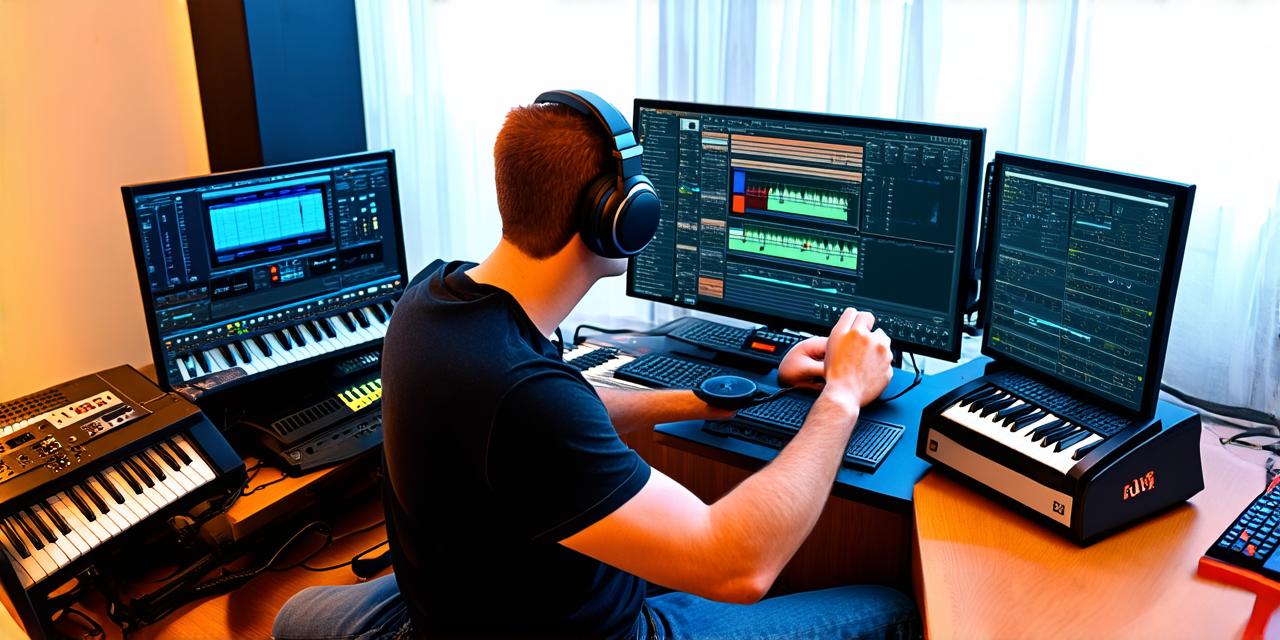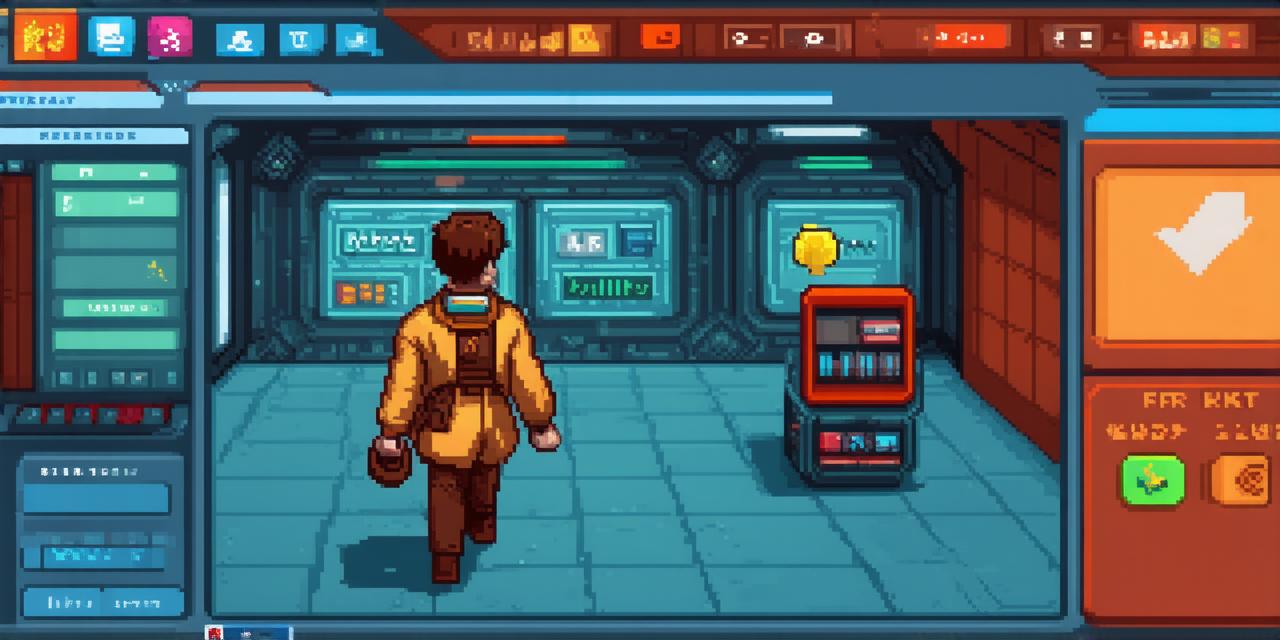As video games have become increasingly popular, there has been a growing demand for high-quality music and sound effects. However, creating music for video games can be challenging for composers due to several factors.
What is Underscoring?
Underscoring refers to the practice of adding background music or sound effects to a scene or sequence to enhance its emotional impact and create a more immersive experience for the player. This can include everything from ambient sounds that set the mood to action-packed music that builds tension and excitement.
The Challenges of Underscoring in Video Games
There are several challenges associated with underscoring in video games. These include:
1. Balancing Music with Dialogue and Effects
One of the biggest challenges for video game composers is balancing the music with dialogue and other sound effects in a scene. The music must not overpower the dialogue or effects, but it also cannot be too soft or subtle. This requires a delicate balance that can be difficult to achieve.
2. Creating Music That Matches the Gameplay Experience
Another challenge for video game composers is creating music that matches the gameplay experience. The music must be appropriate for the action taking place on screen and should enhance the overall flow of the game. For example, a fast-paced chase scene may require fast-paced music, while a slow, introspective moment may require slower, more somber music.
3. Creating Music That Adapts to Player Choice
Video games often allow players to make choices that affect the outcome of the story and the musical experience. Composers must create music that can adapt to these choices and change dynamically based on the player’s actions. This requires a high level of skill and creativity, as the composer must anticipate all possible outcomes and create music that works in all scenarios.
4. Creating Music That Is Repetitive Yet Engaging
Finally, video game composers face the challenge of creating music that is repetitive yet engaging. In many cases, players will spend hours playing a game, listening to the same music over and over again. This requires composers to create music that is catchy and memorable, while also avoiding monotony.
Case Studies: Creating Effective Underscoring in Video Games
1. The Legend of Zelda: Breath of the Wild
The Legend of Zelda: Breath of the Wild is a great example of how underscoring can be used effectively in a game. The music in this game is designed to reflect the player’s actions and the environment they are exploring. For example, when players enter a new area, the music changes to reflect the unique features of that area. Similarly, when players engage in combat, the music becomes more intense to match the action.
2. Red Dead Redemption 2

Red Dead Redemption 2 is another great example of effective underscoring. The game’s music is designed to reflect the player’s actions and the environment they are exploring, just like in The Legend of Zelda: Breath of the Wild. However, the game also features a unique system where the music changes based on the time of day. For example, during the day, the music is more upbeat and lively, while at night it becomes slower and more introspective.
3. Overwatch
Overwatch is an excellent example of how underscoring can be used to enhance the overall gameplay experience.



